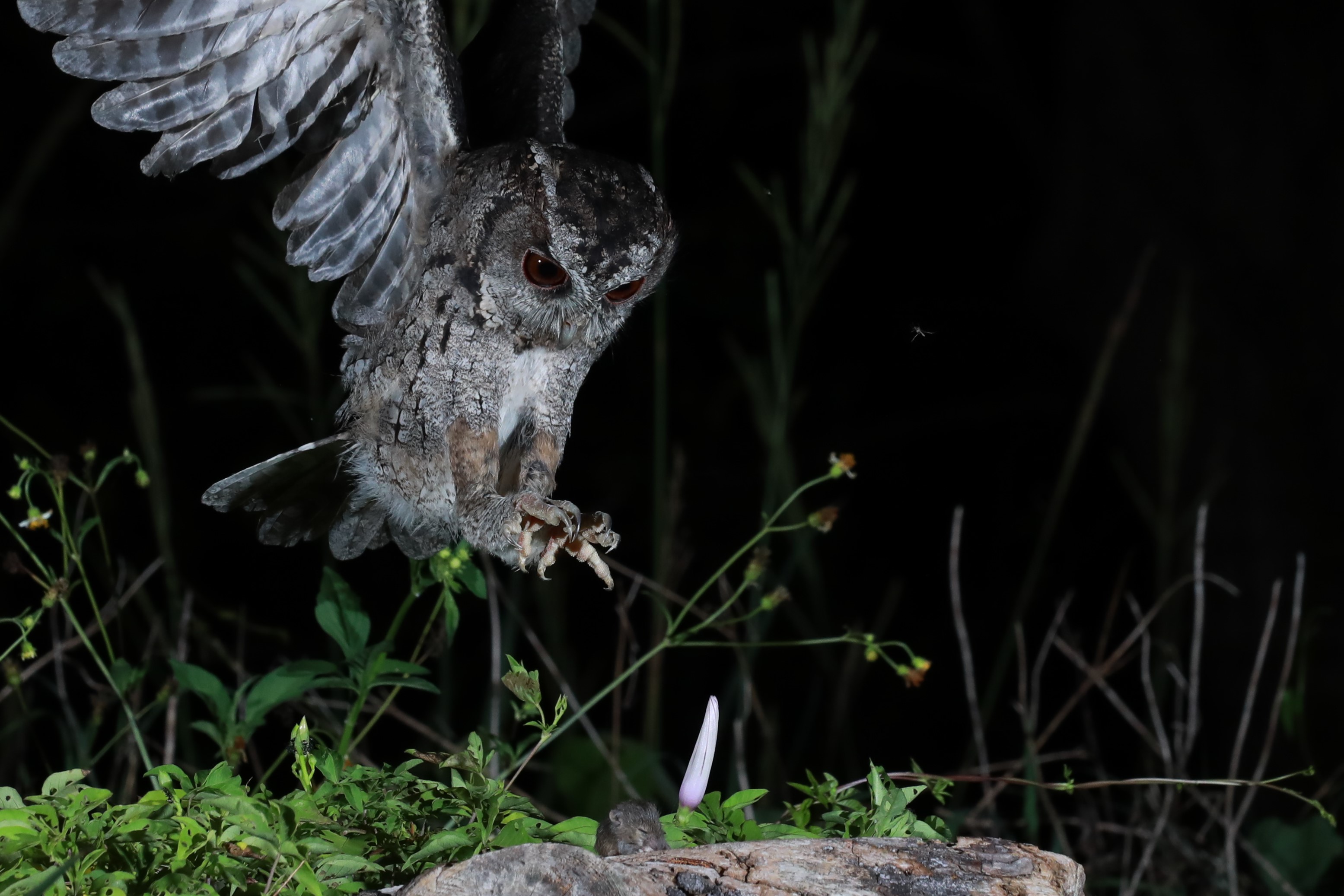Behind the lens: investigation exposes dark underbelly of bird photography
.jpg)
On February 8, EAST staged a press conference with legislator Lin Shu-Fen (DPP) to publish the findings of an undercover investigation exposing the dark underbelly of bird photography in Taiwan.
EAST investigators infiltrated six illicit photography clubs across four counties in Taiwan, revealing three unethical practices used to photograph wild birds: taking birds captive to stage photos, trapping birds in their nests, and using lures to attract birds to the shutter.
The investigation was jointly conducted with Mirror Media over the course of two years.
.jpg)
Catch photography
The first practice exposed by the investigation is ‘catch photography’, in which illegal or unregulated photography clubs take wild birds into captivity and raise them in artificial, indoor environments.
Our investigation found protected species – including short-eared owls – illegally raised in cages for staged photo shoots, completely ignoring their unique behavioral instincts, habitats, and dietary needs.
Throughout the investigation, EAST documented more than one hundred species of birds taken captive for photography. We identified 22 species of transient, migratory and vagrant birds that are rarely witnessed in Taiwan and have no record of legal importation, implying the birds are the product of illegal smuggling or hunting. This places Taiwan at risk of bird flu and other zoonotic diseases. When pressed by investigators, operators claimed the birds were purchased from bird shops, while one claimed the birds flew into the enclosure of their own volition.
Investigators frequently witnessed rough handling and inappropriate treatment by operators at these underground photography salons. Operators were found to have removed juvenile feathers from a rare ryukyu robin to restrict its flight or confined territorial birds in the same cage. To create scenes of flying birds, some operators intentionally frightened the animals with loud noises, startling approaches or even firecrackers.
Operators of catch photography salons charge photographers fees to photograph birds in the artificial setting, charging higher prices for protected species or rare birds. The indoor sets are furnished with branches or logs to provide a natural-looking backdrop.
.jpg)
Image credit: Mirror Media
Nest trapping
Operators were also found to entrap birds in their nests to satisfy the demand to photograph birds and their young, collecting fees from photographers.
Investigators documented operators erecting enclosures around nests and removing branches and leaves for the convenience of photographers. The constant interference of humans – including altering nests and intrusive photography – can cause parent birds to abandon the nest before their eggs have hatched or hasten the rearing process, forcing chicks to leave the nest before they have fully matured.
Some operators were found to relocate entire nests from the wild to artificial nests designed especially for staged photos – even selling nests to photographers to capture the entire hatching and rearing process. The removal often results in frightened parent birds abandoning their nests, leaving chicks separated from their parents.

Image credit: Mirror Media
Luring birds
Investigators documented the use of food or bird songs to lure captive birds to staged photography sets, with negative implications for the natural ecology.
In one example, the operators of a photography club in Hsinchu used mice to lure collared scops owls to a podium with studio lighting. Human feeding of wild birds affects natural foraging behaviors and causes animals to be less wary of humans and their surroundings, posing a risk to their safety.
Time for action
According to EAST board member and attorney Thomas Shun-Kuei Chan, the smuggling, hunting and trading activities exposed by the investigation violate existing Taiwanese laws, as do instances of improper breeding, disturbance, or abuse.
“The failure of authorities to respond to bird lovers’ calls for action have emboldened illegal operators” said Yu-Min Chen, deputy chief executive of EAST, declaring “now is time for action.”
Legislator Lin joined EAST to demand authorities launch a comprehensive investigation into the practices documented in the investigation and ramp up enforcement of laws meant to protect wild birds. EAST also appealed to the birding community to reject unethical photography practices by clicking “dislike” and not sharing photos taken using dubious methods.
Birds Taiwan, the Taiwan Bird Watcher's Group, and the Wild Bird Society of Taoyuan backed the appeals.
Translated by Pam Wu (吳盼惟)
Media contact
Ting-Yu Chen, Researcher
Environment & Animal Society of Taiwan (EAST)
Mobile: +886 (9) 6011 1932
Phone: +886 (2) 2236 9735










